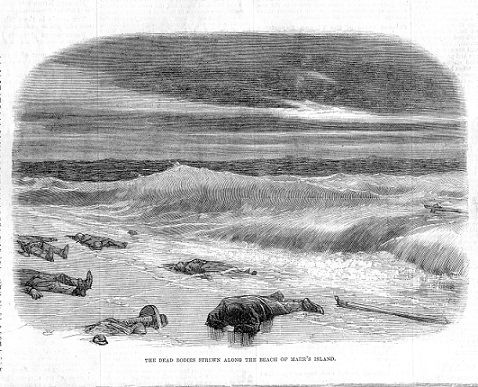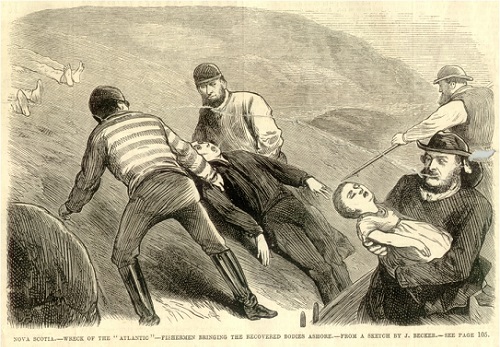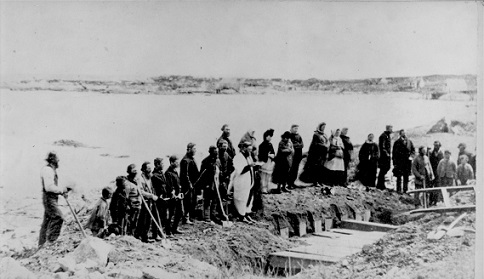7 pm
April 1 will mark the 147th anniversary of the biggest shipwreck disaster in Nova Scotia history—the loss of the SS Atlantic near Halifax—when some 550 people lost their lives. It was the worst transatlantic steamship catastrophe until the loss of the Titanic 39 years later.

The destruction of the Atlantic—still a new ship, with everything in perfect working order, in reasonable weather, commanded by officers of the world's leading seafaring nation—is one of the least understood disasters in Canadian history. Why it was allowed to happen is still a mystery and the fact that more than 400 men survived while all the women aboard perished, along with 117 of the 119 children, still raises eyebrows.

On March 31, Bob Chaulk, the author of two books about this puzzling event, will tell the compelling stories of the women and how they died—their agonizing struggle for life, the impossible odds, their noble cries to their husbands to save themselves—and the men who stood by them to the end.

Over 500 people from the Atlantic are buried in Nova Scotia at two sites in Lower Prospect and Terence Bay. With bodies everywhere, the City of Halifax, the Nova Scotia government and the Dominion Government got bogged down in a discussion about where to bury them. Even the President of the United States weighed in. Finally, the pastor of St. Paul's Church in Terence Bay suggested to the agent of the White Star Line, the owners of the ship, that he would make space available behind his church. The agent agreed and that was that.

Last October, under the leadership of Dr. Jonathan Fowler, a team from the Saint Mary's University Archaeology Department conducted a survey of the burial site at St. Paul's. Using ground penetrating radar, they identified the location and determined where the bodies lie. They also found that, while there has been significant coastal erosion, the integrity of the burial site has remained intact.
On April 7, Dr. Fowler and members of the team will speak about their work and how it will assist in preserving this important piece of Nova Scotia history.
For additional information:
Richard MacMichael
902-424-8897
richard.macmichael@novascotia.ca